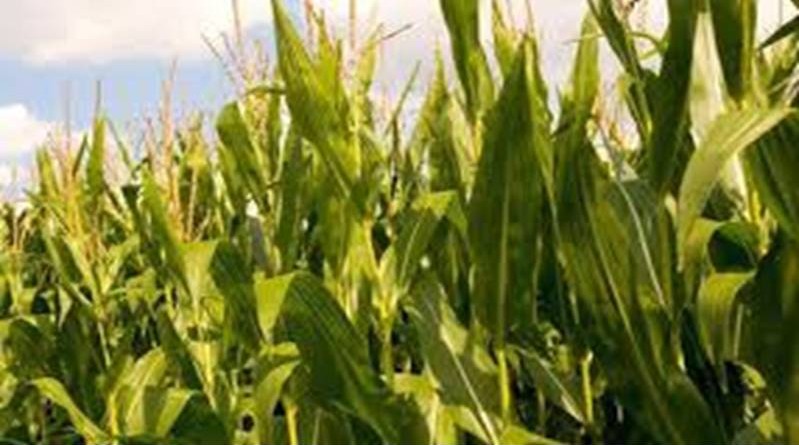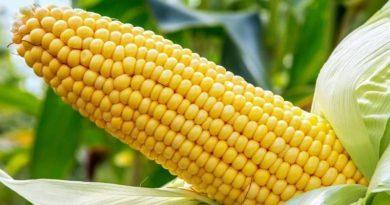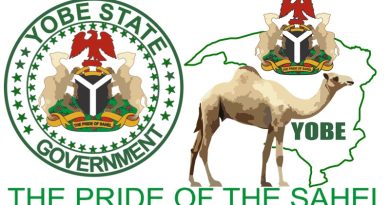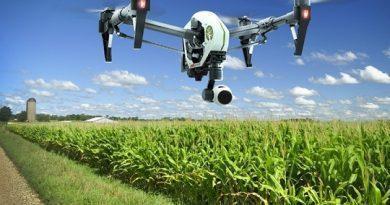How to make agriculture work for Africa and the world – Afdb President, Akinwumi Adesina
Louise you have called us into a discussion to talk about what is extremely critical to our world. Let us just all be clear that there are certain things we should never get used to. The abnormal should never become normal. Not having food is abnormal.
In the world today, the number of hungry people has increased from 777 million in 2015 to 815 million people in 2016. In the case of Africa, climate change will add an additional 38 million people that are hungry by 2050, according to the International Food Policy Research Institute. Let’s also be clear, we are not yet winning the war against global hunger and malnutrition.
We have a moral responsibility to tackle this problem. It’s one that we can collectively address. In the case of Africa, there is absolutely no reason for food insecurity on the continent.
Africa has 65 percent of all uncultivated arable land in the world to feed 9 billion people by 2050.
Therefore, what Africa does with agriculture will determine the future of food in the world. The greatest agenda we have is how to unlock Africa’s agricultural potential. As my late mentor, Dr. Norman Borlaug used to say, “you cannot eat potential.’
Let’s talk about the opportunities in agriculture.
First and foremost is the size of food and agribusiness in Africa, which will be a one trillion-dollar industry by 2030. Quite naturally, this is a money-making sector to help not only to feed Africa, but also to create an enormous amount of wealth for Africa. The irony is that Africa is spending US$35 billion on food imports each year, which if nothing is done will rise to 110 billion dollars by 2020.
Just think of the Savannas of Africa. There are 400 million hectares of Savannah, of which only 10% is cultivated. That is, a mere 40 million hectares.
If Africa can get the right tech to raise productivity, transform its savannahs, turn agriculture into a business and address the issue of nutrition – Africa can feed itself in 10 years and contribute to feeding the world in the years to come.
What is the African Development Bank doing to unlock that potential?
- The Bank has launched the Feed Africa strategy, investing US$24 billion in agriculture over the next 10 years. Our focus is scaling up technology to reach millions of farmers.
- As part of this plan, the Bank is building and developing agricultural value chains that will allow Africa to process and add value to everything it produces.
- Third, we support the production, distribution and availability of nutritious food to address malnutrition and stunting and finally,
- Turn agriculture into a wealth creating sector and not one for managing poverty.
Key programs we have rolled out.
- Technologies for African Agricultural Transformation (TAAT). This is a billion-dollar initiative the Bank is working on with several partners, including the Bill and Melinda Gates Foundation, the Consultative Group on International Agricultural Research (CGIR), the private sector, the International Fund for Agricultural Development (IFAD) and the Alliance for a Green Revolution in Africa (AGRA). TAAT is focused on making sure that existing technologies that can transform agriculture are taken off the shelves; We seek to impact 40 million farmers with different commodities. TAAT is about technology without borders, and we have rolled out the program in 15 countries.
- The second key program is Enable Youth. This is an innovative strategy for getting younger people interested in agriculture. Better still, investing in a new generation of young commercial farmers, agribusiness entrepreneurs to make agriculture cool and attractive and we are investing a US300 million in 5 countries.
- The third area of our investment is the African Leaders for Nutrition program, which is endorsed by African Union with a goal of developing an African nutrition index to rate and rank countries in terms of their progress on nutrition. The point here is to have political accountability on nutrition, because we know the solution to it and we want it to be scaled up. And to eliminate the scourge that has afflicted 54 million children today.
- I would like to say something about the savannahs. We have launched an initiative to transform Africa’s savannahs using the best technology available and we have started in five countries already including 10,000 ha in northern Ghana.
- And finally, we are investing in the idea of Staple Crop Processing Zones that will impact rural economies, enabling investments in infrastructure like power, water, and roads that will support private agribusiness and agro allied industries to be located in and around the rural areas. This will add value to agricultural products and turn rural economies from zones of economic misery to zones of economic posterity via agricultural industrialization.
- In conclusion, I believe these initiatives will help us significantly raise agricultural productivity and change the perspective on agriculture. They will get young people into agriculture, help to focus on the cultivation of nutritious foods and structurally transform agriculture into a dominant sector for food and nutrition security. The productive base of African economies will also be diversified even as they become competitive in the global markets through value addition to everything that they produce.
- At the end of the day, it is all about having partners on board, and involving stakeholders in the private sector, the CGIR, national governments, civil society, universities and research institutions, financial institutions, multilateral and bilateral donors.
I just want to say that what the Bank does is in alignment with the development policy of the Netherlands. I am delighted to be here in the Netherlands with a great partner in agriculture.
We will build a bigger alliance to ensure zero hunger in Africa.




